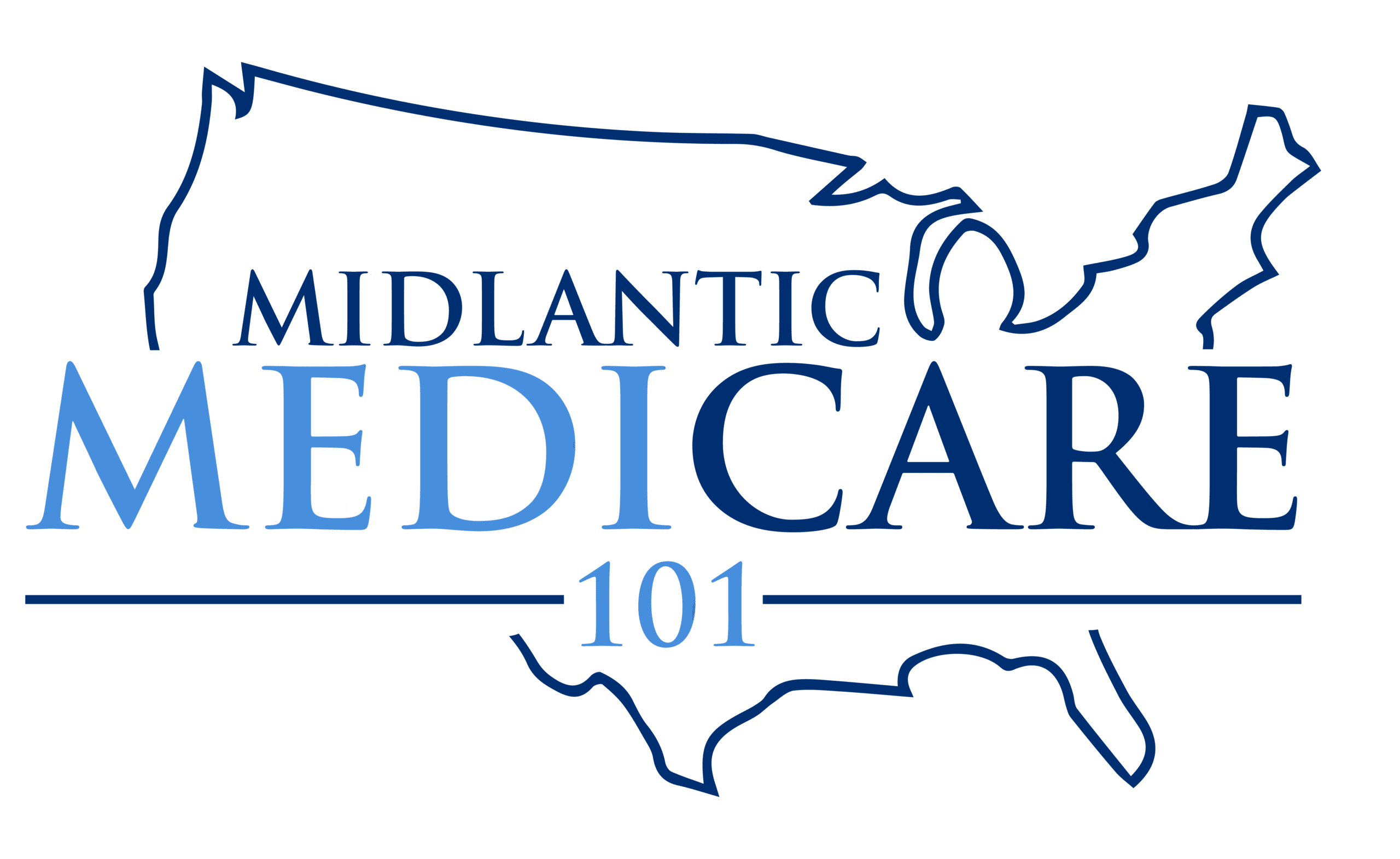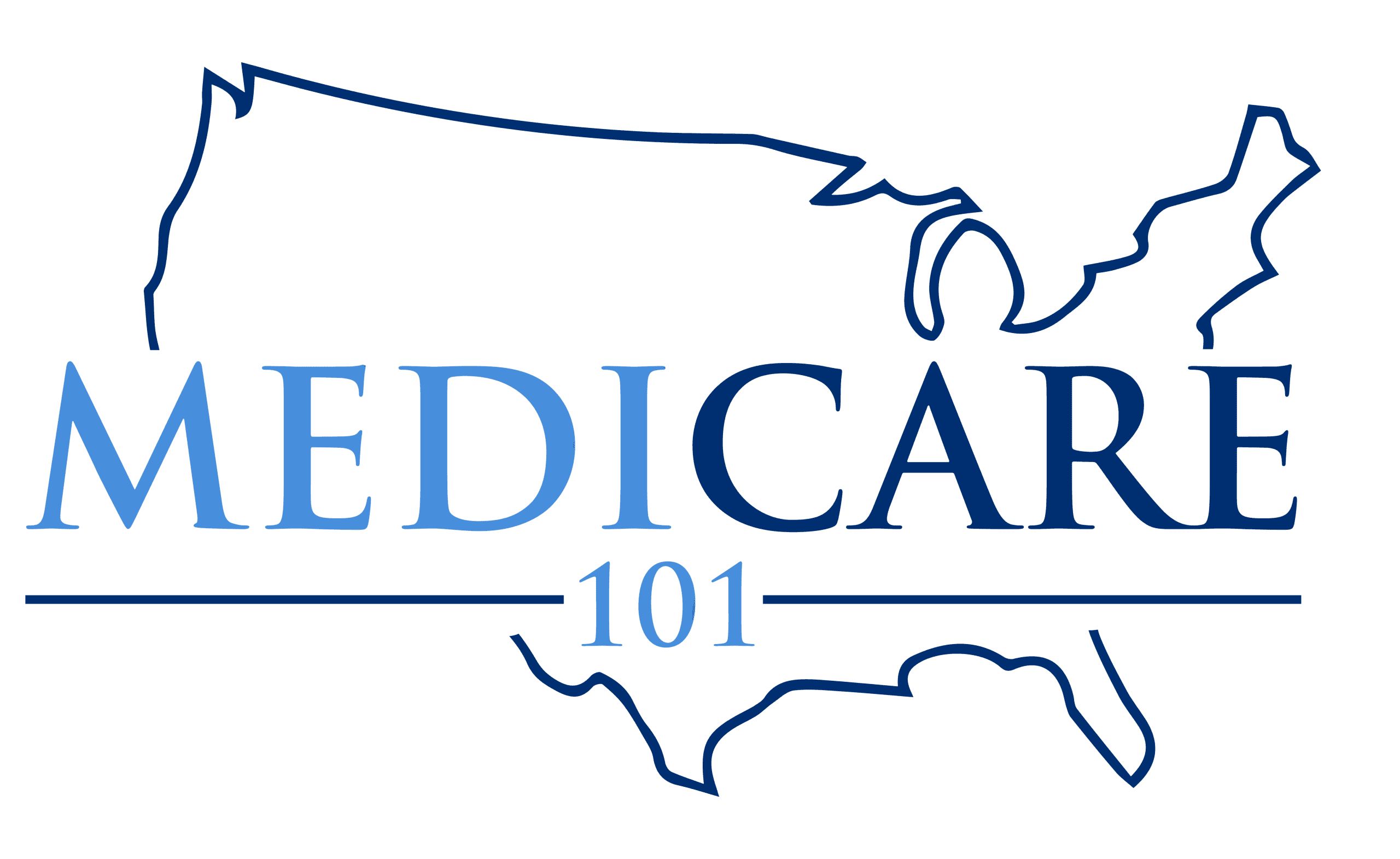Medicare 101
Part A

Hospital Insurance
Medicare Part A is offered to those who paid Medicare taxes while working. For most, it is not necessary to pay a monthly premium for the coverage.
Part B

Medical Insurance
Part B covers 80% of all medical costs not covered by Part A. However, unlike Part A, you need to elect Part B when you turn 65. Part A and B together make up Original Medicare.
Part C

Medicare Advantage
Medicare Advantage plans are offered by private insurers and approved by Medicare. They often provide extra benefits and access to Part D coverage.
Part D

Prescription Coverage
Part D offers prescription drug plans from private companies approved by Medicare. Prescription drug coverage is recommended, as beneficiaries who do not sign up for part D will incur a lifetime late enrollment penalty.
Join Our Live Medicare 101 Classes
Click to attend one of our live Medicare 101 classes! Choose a session in Mid-Atlantic or Florida by clicking the link below.


What are the basics of Medicare?
Before you enroll in a plan, let’s examine some Medicare basics by answering a few common questions people often ask:
Medicare is a federal health insurance program for people 65 and older as well as people younger than 65 who have a qualifying disability. Medicare is different from Medicaid, which offers health insurance and other services to eligible low-income people of all ages.
Medicare and Medicaid are different in that Medicare is reserved for eligible individuals who are typically 65 and older, although some can qualify before age 65 if they have certain conditions. On the other hand, Medicaid offers health care coverage and other services to eligible low-income people.
In many cases, yes. If you enroll in Original Medicare, you can visit any doctor that accepts Medicare. If you enroll in a Medicare Advantage plan, you must ensure the plan you select contracts with your preferred provider.
With Original Medicare, most people do not pay a premium for Part A. In 2022, the Medicare Part B monthly premium will be $170.10. Premiums for Medigap coverage, Part C, and Part D vary by plan.
You can first sign up for Part A and/or Part B during the 7-month period that begins 3 months before the month you turn 65, includes the month you turn 65, and ends 3 months after the month you turn 65.


